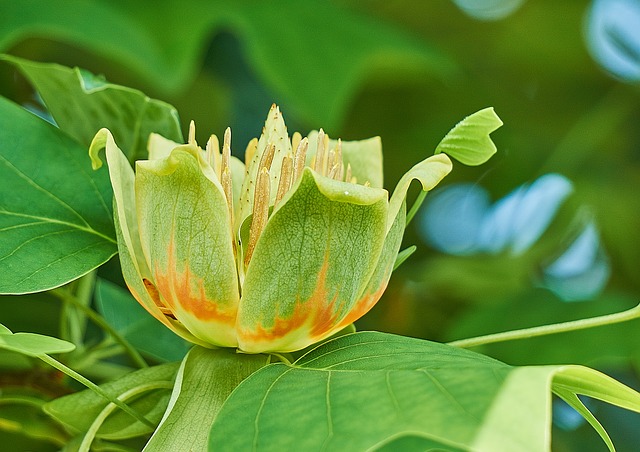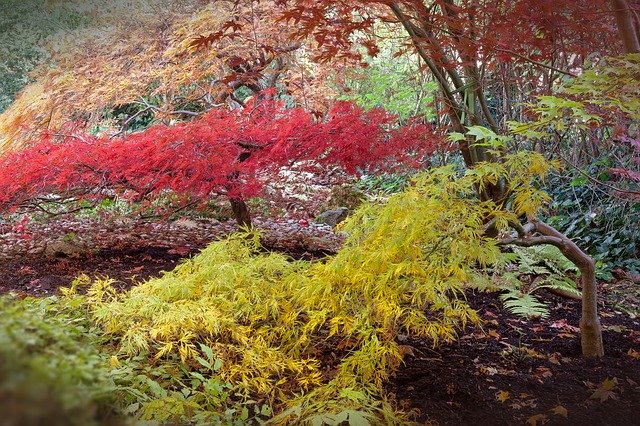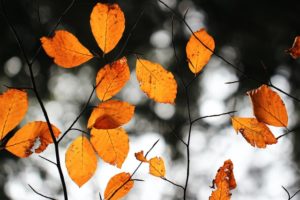This snippet has been taken from “Best Trees For Your Garden” by “Allen Paterson”. Which Tree Where program is a five-year research program that will investigate how well current landscaping species will cope under the more extreme climatic conditions. “Emergency Tree Removal Service” serves the purpose in answering this question.
In the Directory section of this book, tree genera are described in some detail and in most cases with enthusiasm, which is why they are there. Only one or two get a bit of a brush-off. It will be noted that most of the genera have several distinct species, often from very different parts of the world. I never cease to be amazed at how trees that virtually define the eastern North America tree scene-for example, liriodendron, Nyssa, liquidambar and sassafras-have oriental kissing cousins. And in addition, there are a number of cultivars of these species that have been propagated from naturally occurring variants (purple leaves, vertical habit, etc.) or intentionally bred for particularly desirable characteristics-frost-hardiness, or flower or fruit size.

While common names are used conversationally in the general parts of the text because it is both unnecessary and pretentious always to refer to beech, for example, as Fagus sylvatica, there is no alternative to botanical names in the lists. These define exactly, universally, what plant is being referred to and when used in a nursery catalogue ensure that you are getting the plant you want. It would be maddening to find you had planted, say, Acer pseudoplatanus when you wanted Platanus occidentalis, just because both are commonly called “sycamore,” albeit on different sides of the Atlantic.
Using botanical plant names is neither snobbish nor showing off; it’s just sensible and universal. It’s no big deal, anyway. Pronunciation need not be a concern, for correctness varies, depending on where one is. Every syllable has weight: thus Daphne, of course, has two and Nerine three. So the answer is to utter the names where needed loudly and with complete conviction. One doesn’t need to be a Latinist to do that, just read names phonetically, for there are no dotty surprises that have to be learned as in English (cough through the bough, etc.), And if you really want to know more than everyone else has forgotten, consult professor William Steam’s monumental Botanical Latin.
There is also reference throughout to climatic zones, as published by the United States Department of Agriculture, As a guide to what plants are hardy where, North Americans are very conscious of these zones, and with reason. Climates on the North American continent vary from the frigid to the frigid to the subtropical, and a glance at shows that average annual minimum temperatures differ vastly. But it must be emphasized that these are agricultural macro-concerns based on isotherms, while most gardens are on a small scale in which helpful micro climates occur and can even be encouraged. Any winter weather forecast warns in tones of doom about today’s wind-chill factor and how necessary it is to wrap up warmly. Keen gardeners are equally concerned to wrap up their plants metaphorically or even literally (in Japan the latter has developed into an art form in its own right) and much can be done.
The important thing is to take zone lines as valuable general guides but not as prescriptions; unfortunately, especially in North America, too many gardeners accept them as gospel and suffer from a complaint known as zeniths. This leads to an unquestioning belief in media pundits who are bound, for fear of their reputations, to substitute cowardice for caution.
In Britain, the wildish oceanic climate would show, if the same system were adopted, most of the country to lie within the 7-9 zone bands, which sounds wonderful. Not surprisingly, next to this, North America’s continental climate is apt to be unfavorably compared. But this is a simplistic view: the vagaries of the British seasons, which must be compared with the near-certainties across the Atlantic, are a major concern. Problems are equally present. They are just different.
Following the above barb against populist punditry, it is rash to write rules here, but offering some suggestions is in order. Which being conscious of zonal guidelines, one must observe, record and work within the potential and limitations of one’s own space, thus:
1. Choose the right plant for the right place. Trees, whose role is protective, giving wind shelter, must be utterly hardy and adapted, especially in coastal conditions, to that particular role. These are not the sites for one-off optimistic experimentation-that comes within the garden which is now protected.
2. Be conscious of catabolic effects: cold winds drifting downhill are caught in frost pockets, which exaggerate cold nights. Those traditional sloping walled gardens in Scotland often omitted the southern side, reduced its height or repaved it with railings to let the cold air flow away. Making a gap in a similarly sited hedge or taking out a tree or two to break a line has the same effect.

3. Good soil drainage is often just as important; plants whose roots sit wet over winter are more vulnerable to winter cold. Mulching around plants with known shallow root systems, such as rhododendrons and most of the Ericaceous is a help. Magnolias and Japanese maples are equally appreciative.
4. It is always upsetting when newly planted trees get beaten up in their first winter, and if there is doubt as to their ability to withstand it, plant in spring, which gives a longer period for root establishment before they have to meet adverse conditions. Also, as plants seem to acquire a bit of extra hardiness with increasing maturity, added protection for the first winter or three is really worthwhile. A tepee of evergreen branches or a windscreen may make all the difference. The moment of its removal in spring is as important as its installation. A warm March in Britain may herald a frosty April and the situation must be watched, while in North America that sudden spring warmth can provoke growth inside that is dangerously soft if uncovered too late. No apology is offered for re-emphasizing these warnings and adding them to concerns about protection from rodents and deer: nothing is more maddening than to lose young trees when one could have done something about it. None of this, however, is meant to inhibit trial and experimentation. Few things are more pleasurable than proving the experts wrong, and success is wonderfully encouraging.
Continue reading on Spanish California
